Expanding Innovation 2.0 helps districts emphasize the human element in designing change
It’s incredible what schools can do with a little “affinity clustering” or a smattering of “roses, buds and thorns.”
When educators in Shaler School District set out to reimagine middle school using Human Centered Design (HCD) methods such as these “it was literally transformational—it’s been a real game-changer for us,” said Assistant Principal Dr. Shannon Howard. The methods not only put Shaler closer to its goal, they also dramatically improved morale, she said. 
The HCD methods the team chose, beginning with “affinity clustering,” helped educators realize that, although they come from different disciplines and departments, their needs and wants are much the same, Dr. Howard added.
HCD is an activities-based approach to problem-solving that focuses on people above other factors, whether the challenge is making a better product, as is often the case in industry, or finding the best ways to launch initiatives or make changes n schools.
As part of Expanding Innovation 2.0, the Consortium is partnering with LUMA Institute to help educators use LUMA’s HCD methods to plan and implement various projects. A first cohort of seven schools and districts learned HCD in the fall and presented 90-day progress reports on their projects in early February, just as a second cohort began training.
Educators in our first cohort put together their own combinations of LUMA’s 36 different HCD methods—among them, affinity clustering and identifying roses, buds and thorns—to plan and implement projects ranging from reimagining Shaler’s middle school to redesigning a library into a “Future Readiness Center” in Brownsville Area School District and enlisting first graders in Northgate School District to improve an elementary school cafeteria. (We’ll tell you more about all of the individual projects in an upcoming series of stories, so keep an eye on our social media and website as we roll them out!)
At the project presentations, where Hunter made her remarks, New Castle School District’s Director of Techology Emily Sanders said one big benefit of HCD is that the methods put all participants on equal footing. “Everybody’s voice is heard,” she said.
Using the affinity clustering method, for example, participants in the HCD process gather ideas about different aspects of a question on post-it notes so that they can be sorted out visually around common themes. Doing so means that no individual’s or group’s ideas take precedence.
Sanders said the process also brings organization to a project, keeping participants on track and focused.
Educators participating in the first cohort were from Allegheny Valley, Bethlehem Center, Brownsville Area, New Castle, Northgate, Shaler and South Allegheny school districts.
The second cohort includes teams from Duquesne City, Greater Latrobe, Greensburg Salem Riverview and Yough school districts as well as Manchester Academic Charter School and Pittsburgh Brashear High School.






